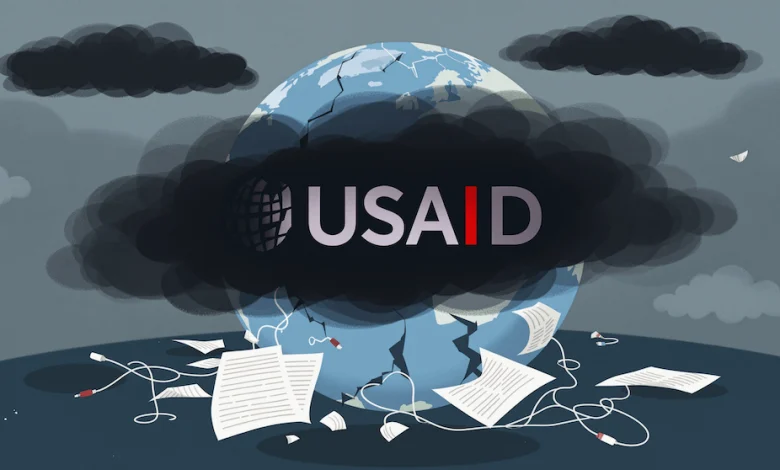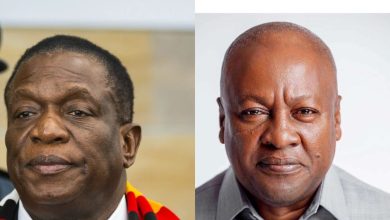Is USAID Shutting Down? What We Know About the Agency’s Future

In a surprising turn of events, USAID‘s digital presence has gone dark. The official website is inaccessible, and its social media accounts have been deactivated, fueling speculation and concern within the global development community. Coupled with recent policy shifts under the new Trump Administration, the question on everyone’s mind is: Is USAID shutting down?
Since the new administration took office, several executive orders and budget proposals have indicated a significant pivot in foreign aid priorities. Reports suggest substantial budget cuts to international development programs, a reallocation of funds towards domestic priorities, and a push for more stringent oversight on foreign aid disbursements.
The sudden inaccessibility of USAID’s digital assets—previously robust platforms for transparency, data sharing, and public engagement—raises red flags. No official communication has been provided to explain these changes, leaving stakeholders in the dark. Experts speculate that this could be part of a broader restructuring plan or an indication of the agency being absorbed into another government entity.
Analyzing the Future of USAID
While a complete shutdown seems drastic, several scenarios could explain the current situation:
- Restructuring and Consolidation: USAID may be undergoing internal restructuring, possibly merging with other governmental bodies to streamline foreign aid operations.
- Privatization of Development Aid: There could be a shift towards outsourcing development projects to private contractors, reducing the government’s direct involvement.
- Decentralization: Programs might be devolved to regional U.S. embassies, diminishing USAID’s centralized role.
- Temporary Suspension: This could be a temporary digital blackout due to cybersecurity concerns or administrative transitions.
What This Means for NGOs
For NGOs reliant on USAID funding, this uncertainty poses immediate and long-term challenges:
- Funding Disruptions: Delays in grant disbursements and project approvals are likely.
- Communication Gaps: Lack of official updates hampers strategic planning.
- Increased Competition: A shrinking pool of U.S. government funds may intensify competition among NGOs.
- Diversify Funding Sources: Reduce dependency on USAID by exploring alternative funding from other bilateral donors, private foundations, and multilateral agencies like the UN, World Bank, and EU.
- Strengthen Local Partnerships: Building strong local alliances can improve resilience and open new funding channels.
- Monitor Policy Updates: Stay vigilant about policy changes through trusted news sources, government briefings, and industry networks.
- Scenario Planning: Develop contingency plans for various funding scenarios, including worst-case situations.
- Engage in Advocacy: Collaborate with other organizations to advocate for continued U.S. support for international development.
- Exploring Alternatives to USAID
- Consider diversifying your donor base to include:
- European Union Development Funds
- United Nations Agencies
- Private Foundations (e.g., Gates Foundation, Ford Foundation)
- Corporate Social Responsibility (CSR) Programs
- Emerging Donor Governments (e.g., China, Gulf States)
- Final Thoughts
While the future of USAID remains uncertain, NGOs must not remain passive. This period of ambiguity is a call to action for strategic adaptation, diversification, and resilience-building. Stay informed, stay connected, and prepare for a new era in international development.




